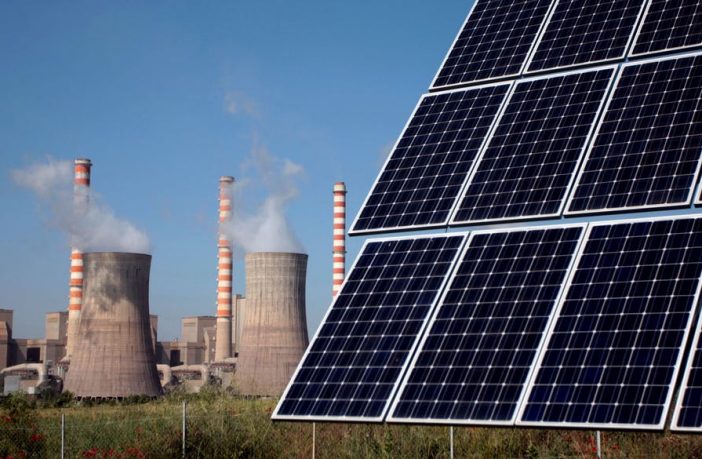- The results of a survey conducted by Black & Veatch to understand what is driving the energy transition in power utilities, reveal a number of key factors.
- The 2019 Strategic Directions: Electric Report is based on a survey of 892 participants across the utility, municipal, commercial and community sectors.
Key survey findings include:
- The need to meet changing consumer demands is driving utilities to expand their energy mix portfolio as well as innovate them.
- The surge of renewables (solar, wind, battery storage and other distributed resources) is driving consumers to test new utilities’ business models. Decarbonisation goals are pushing them to do so.
- ‘New energy’ is driving a global movement dedicated to clean energy technology and innovation.
- Despite the rise of renewables, natural gas will remain a formidable player in the global energy mix for some time.
- Nearly 45% of our survey respondents say renewables and distributed generation are motivating utilities to retire central generation sites. 31% expect that to happen in the near term.
- 55% say innovative system designs allowing for more system flexibility resources are most essential for the planning, engineering, construction, operation and maintenance of a more complex grid. 53% cited better modeling and forecasting data and programmes.
- More than 50% are already are very engaged with their local transit agencies about electrification. Nearly a quarter said they’ve just started such talks.
- 55% believe that DERs [Distributed energy resources] will dominate utility service offerings in the next 15 years.
Respondents identified security education and training as the top need when it comes to managing organisational cybersecurity and physical security, followed closely by managing and optimising security products and platforms.
“New energy continues to disrupt the electric industry as consumers, in the pursuit of energy independence, increasingly migrate toward cleaner, greener forms of power,” said John Chevrette, president of Black & Veatch’s management consulting business.
“Now more than ever, utilities must recognise and embrace these challenges, rethink their business models and start planning for necessary upgrades,” Chevrette added.
Download the full report here
Author: Babalwa Bungane
This article was originally published on ESI Africa and is republished with permission with minor editorial changes.











